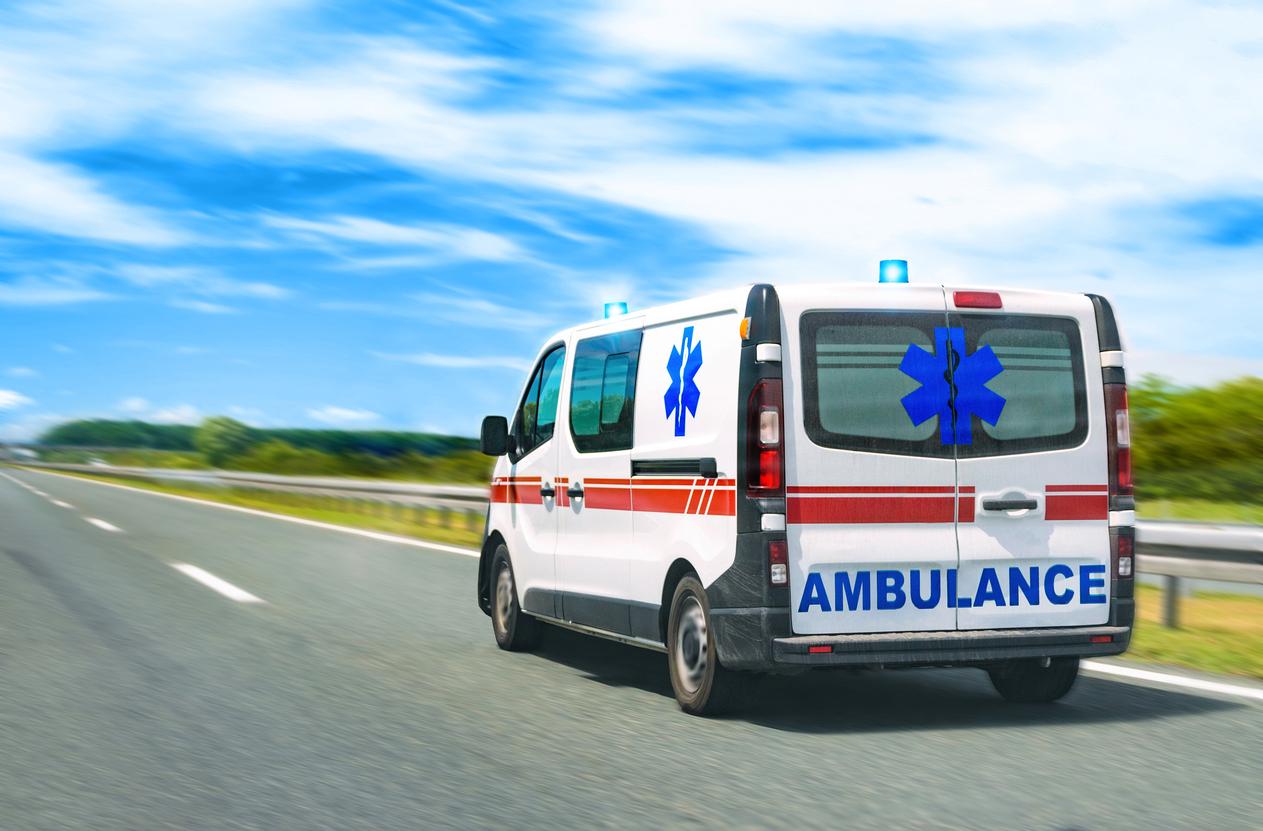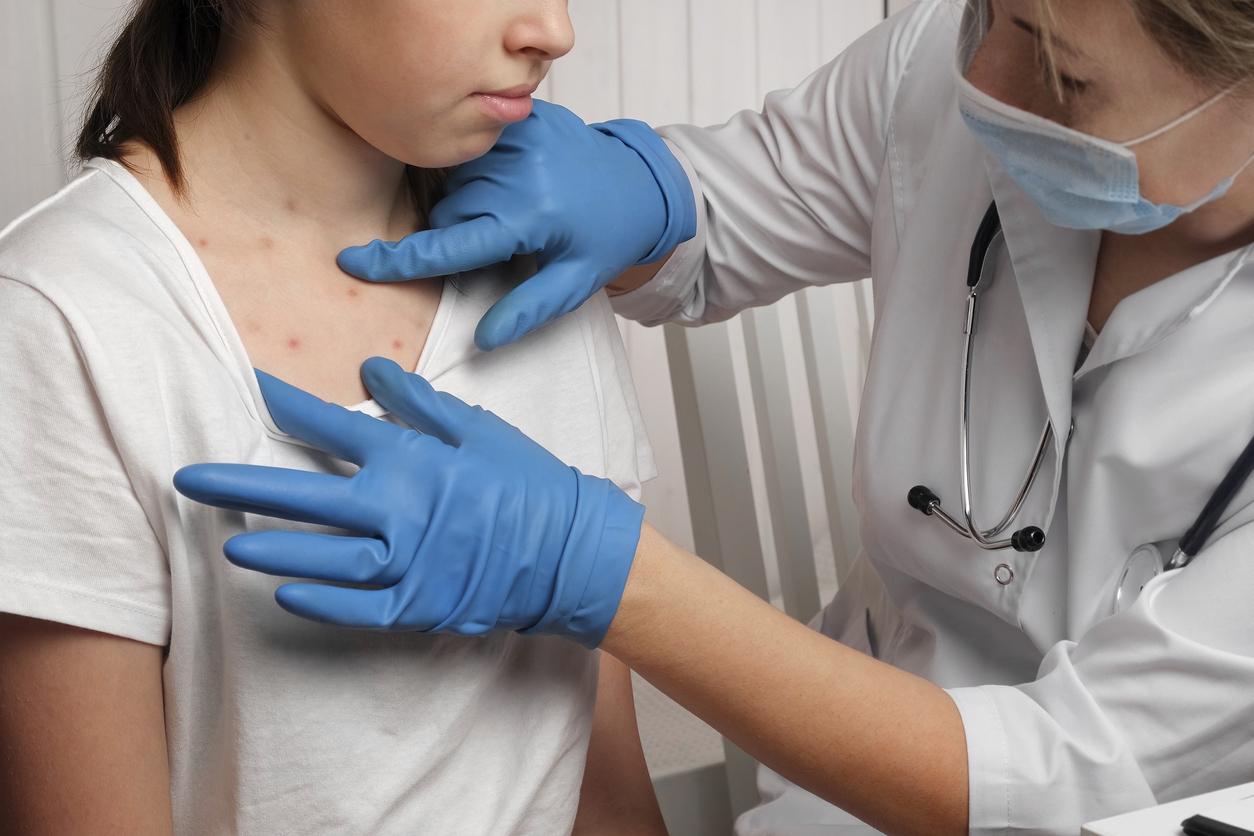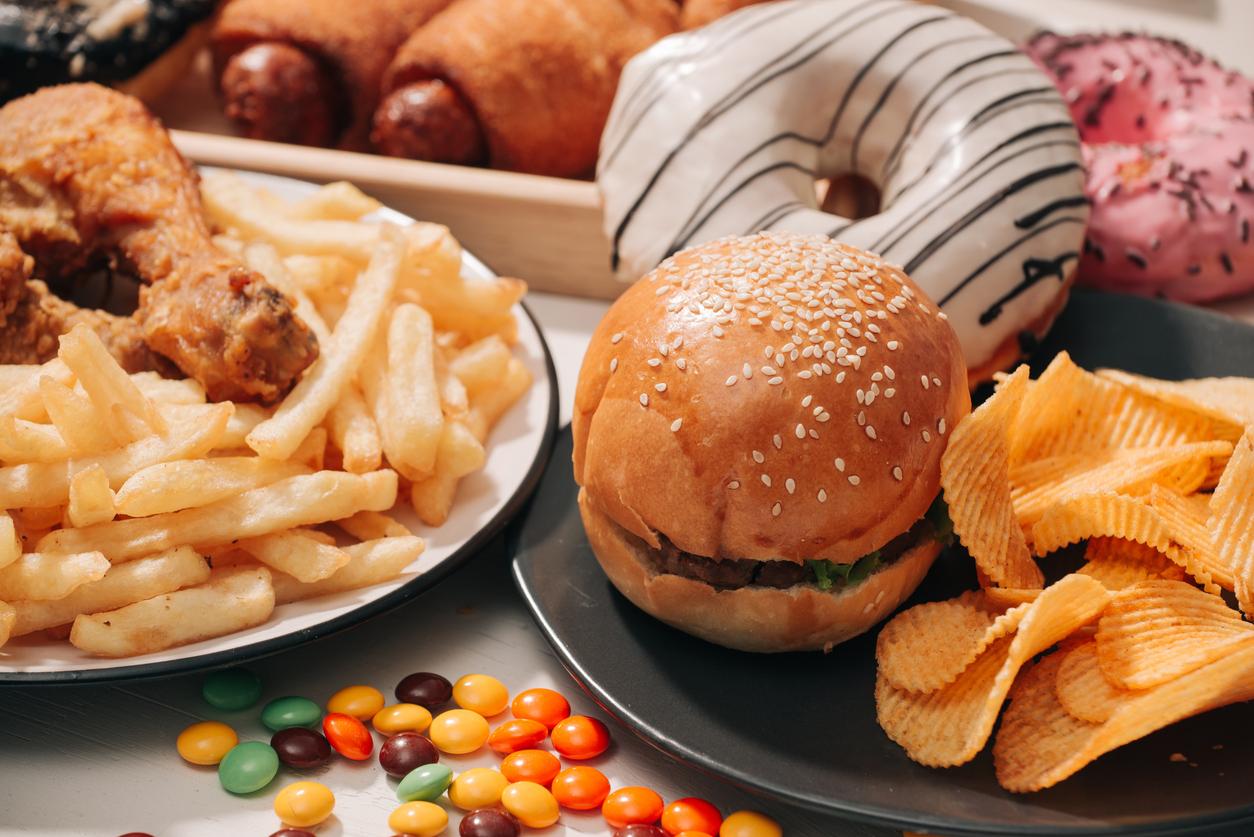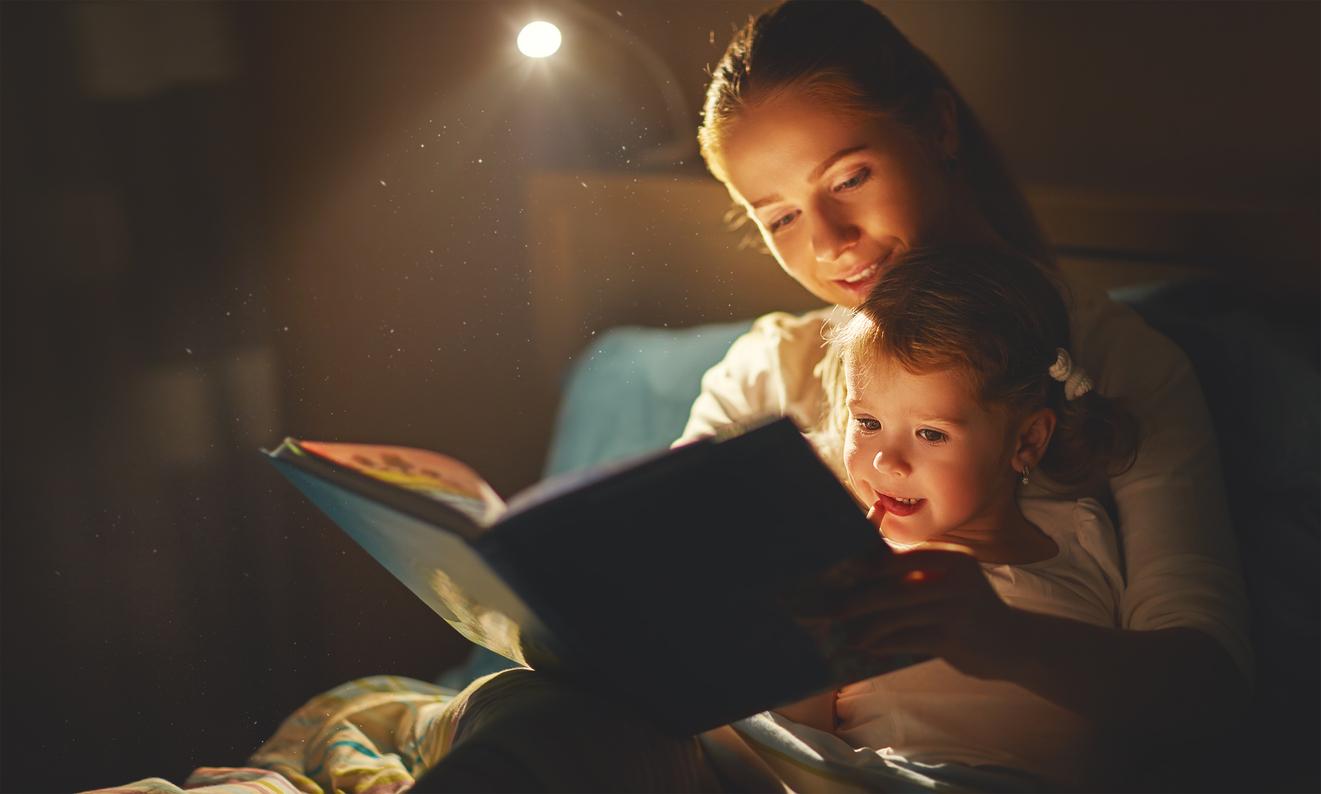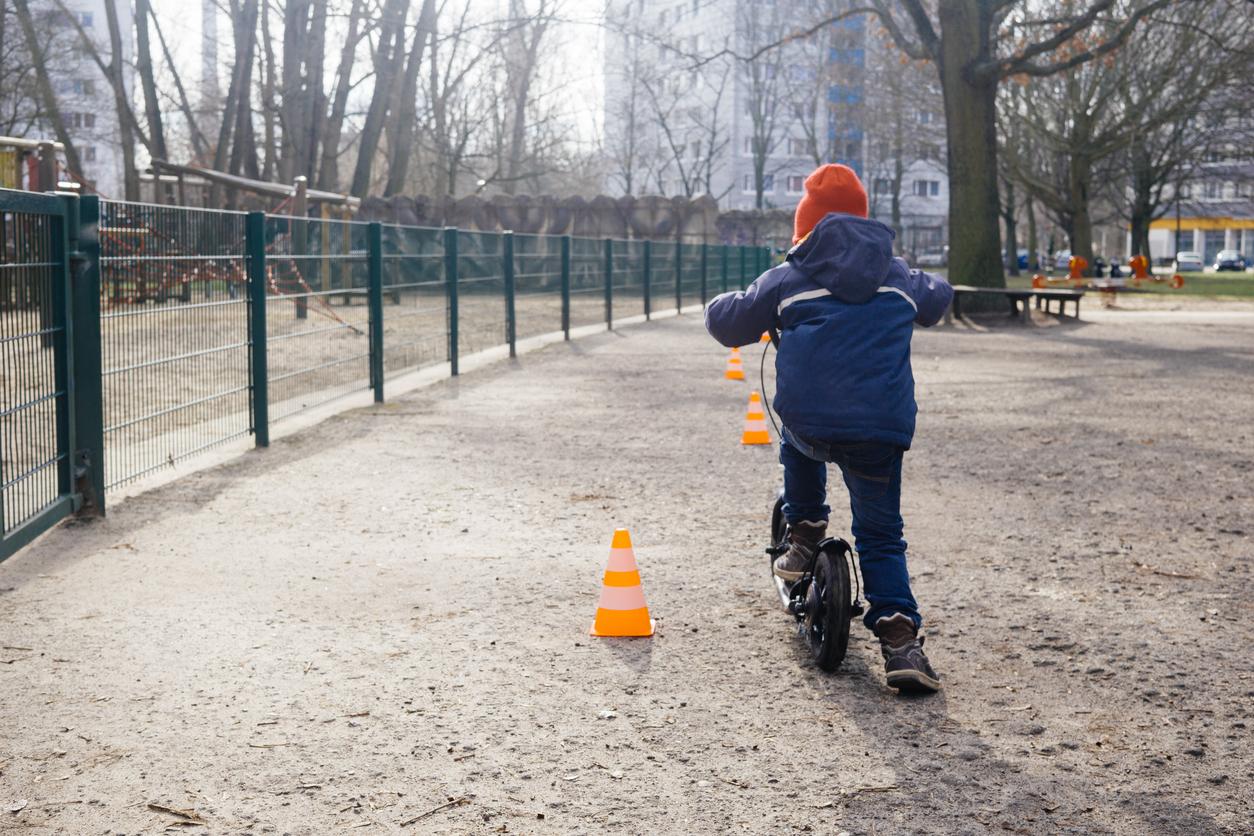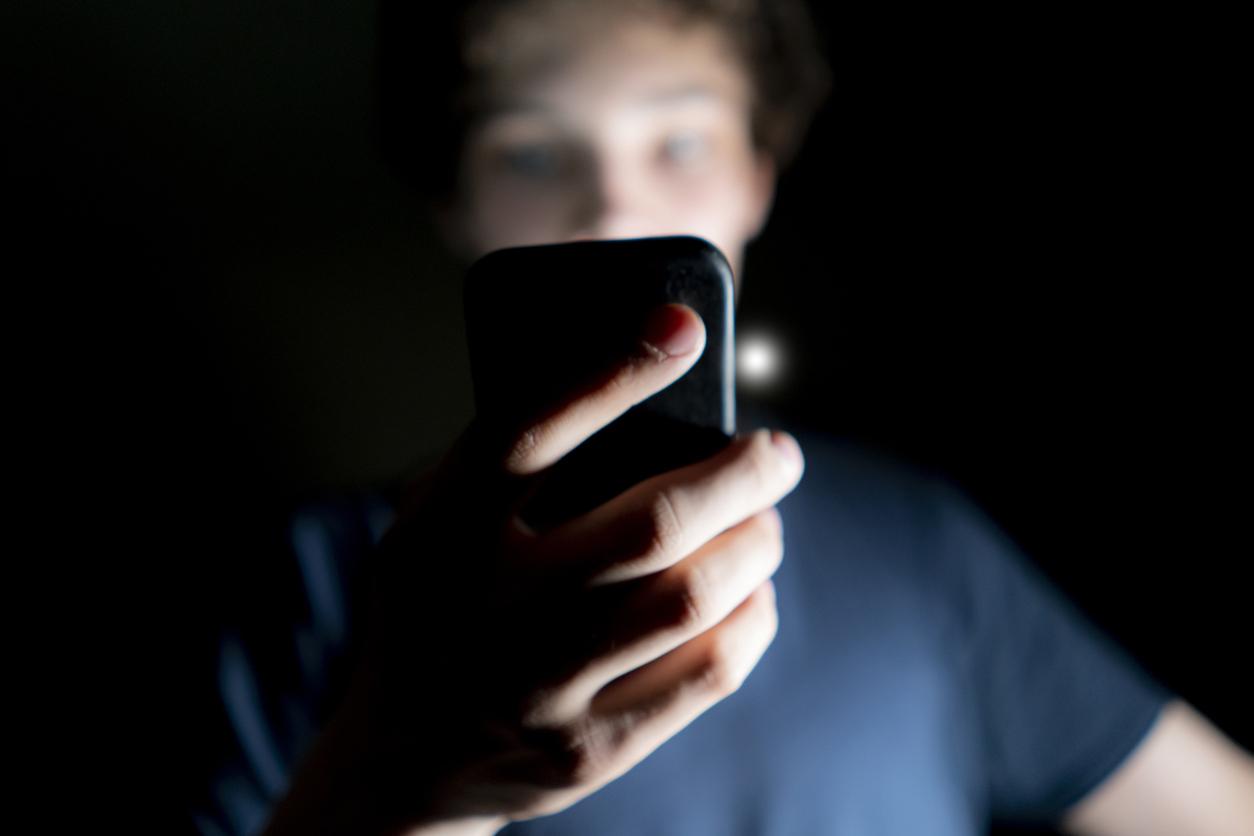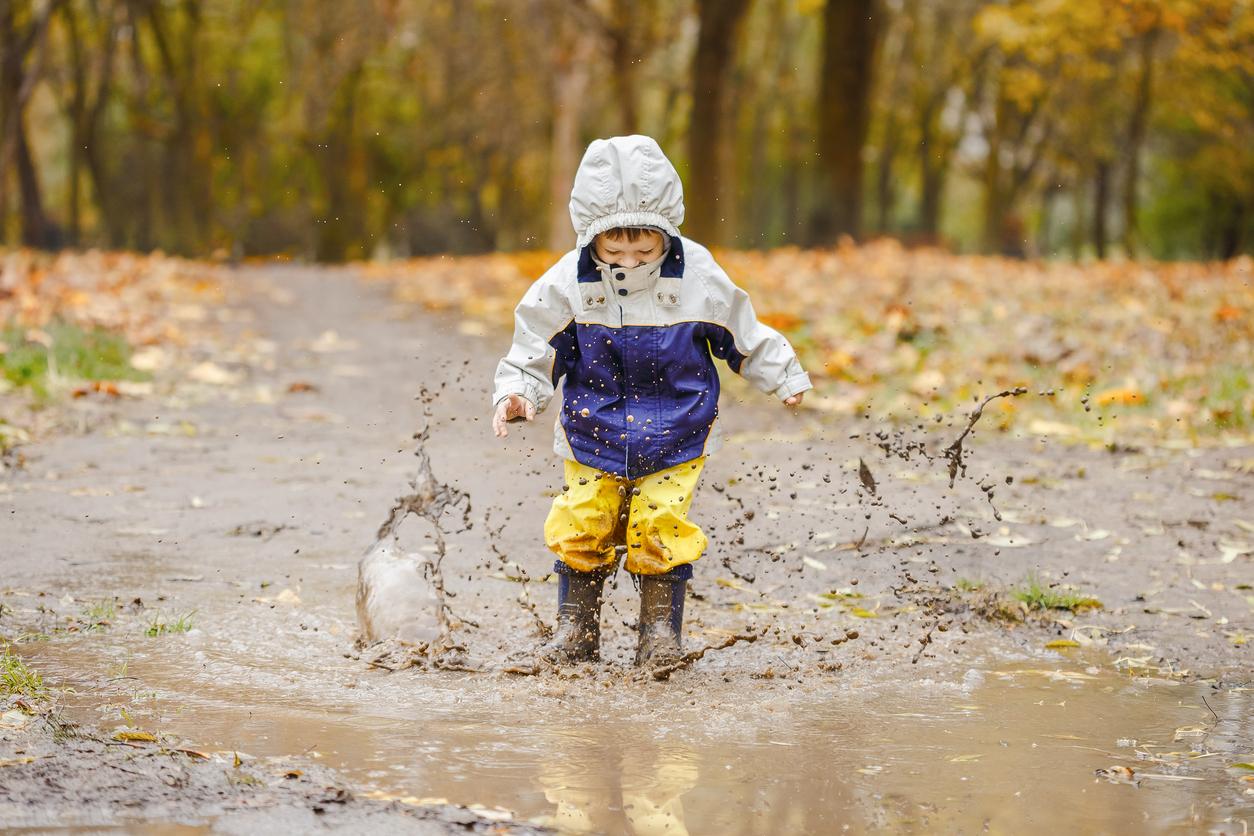Cough, headaches, colds … are symptoms that are part of the normal development of the child and which most of the time illustrate the establishment of his immune defenses which will protect him all his life. “Cough, headaches, colds … cause too many unnecessary or dangerous drugs to be taken,” rightly estimates the UFC-Que Choisir association in its March issue. Bad habits are persistent. Why are these normal symptoms that should be respected, are treated too much and especially too quickly. What parents do not know doctors know very well.
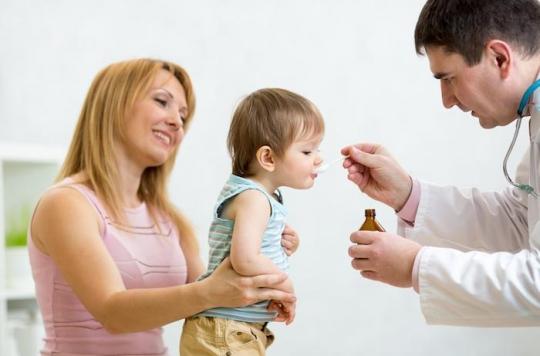
Doctors justify the too systematic prescription of these drugs, by pressure from parents during consultations. The use of drugs in the family kit is justified by a very simple reasoning: If we prescribe too many drugs to a small child, it is because he needs it! All moms will tell you; have a cough, fever, itchy eyes, itchy skin, or runny ears, and the whole family is worried and wants to act with what you can find over the counter at the drugstore .
Immunity a merciless battle
As for the symptoms, nothing to say… Except that they are, most of the time normal, and the translation of the formidable battle of the immunity which is played in the body of the child. The struggle of life, which is always that against external enemies, begins at birth. He is fierce in the early years.
Very schematically, the battle against external enemies concerns two very complementary actors: the T lymphocytes which destroy all the cells unknown to the battalion and the B lymphocytes which produce the very specific weapons of destruction which will only be effective if the enemy has the boldness to come back. This is what gave birth to the theory of vaccination.
Know that the newborn has very few of these cells at birth and is protected only by the defenses of its mother, transmitted by cord blood and breastfeeding when this is the case.
The baby will therefore have to adapt, lead the fight for immunity, the fight for life which will allow him to face the attacks that have threatened man since the dawn of time and against which his “cellular memory”, transmitted by his parents, knows how to manufacture weapons.
However, his immune system is immature and among the hundreds of thousands of vaccinations he will undergo while breathing, eating or sucking anything he finds on the ground, some enemies will pass through the cells.
Do not panic ! Example, fever.
The main enemies are of two types.
First, the most numerous, viruses, most of them very benign and that’s pretty good because we don’t have specific weapons against them. Then the bacteria; much less numerous but more worrying. Fortunately, we have very effective drugs against them, but should only be prescribed when we are certain of their presence.
Against viruses and bacteria, when the lymphocytes have not yet succeeded in acting, the body’s plan B is also an orsec plan: fever. It is not just a warning sign. The increase in our body temperature is the first response mechanism to external aggression. Viruses don’t like hot weather. Our body knows it and, thanks to a control center located in our brain, decides to push the fires. The heat is then produced by our cells which are real chemical powerhouses, by our food and by our muscles. This is also why we shiver uncontrollably when the fever rises … and after a good flu we are full of muscle aches. The acceptable limits of our temperature are well known. Below 30 ° and above 42 ° our life is in danger, which however leaves a good margin if the so-called “normal” temperature is around 37 °. It is especially in toddlers that fever worries. So we have to give ourselves rules. As long as a recent fever is less than 40 °, it must be respected and controlled. Between 38 – 38.5 the level will be acceptable for everyone. To reach this number you have to use simple means: find out your child even if he refuses and shivers. If possible, the room should also be ventilated so that the temperature – that of the room! – is around 20 °. Then you can use the bath, but following a simple rule. The water temperature should not be less than 2 ° of that of the child. Cold baths are, in fact, not recommended. This bath should not last more than 10 minutes and you can let the child dry on a towel without rubbing it.
However, more and more doctors are unfavorable to this bath, encouraged by the recommendations of the health authorities, who say that the bath is only possible if the child particularly likes water – that we suspected – and more boring, this hardly effective practice can, it seems, increase the discomfort of the child.
On the other hand, paracetamol, while making his child drink copiously and monitoring his temperature, is very effective and safe. Baby with all these precautions is no longer at risk. Inflammation is another major category of the body’s response with its procession of secretion from the nose to the ears or the lungs …
In the vast majority of cases, it is urgent to wait
Be careful with symptomatic treatments prescribed too quickly, because if the symptoms persist for more than 2 days or if the fever rises well above 40, then it is up to the family doctor to play doctor. However, the match against prescription is not won. Because the doctor in a hurry risks making the wrong reasoning: a symptom, a drug. Runny nose equals product against runny nose, big cough, cough syrup, weeping eyes … And presto! eye drops. This is not an effective medicine and above all that reflects. It is true that this requires a strong persuasive force against … the mother! Several studies in recent years have shown that drugs are not always helpful in treating mild ailments in children. “
It is with the light of this long plea that we must read the warning on the excellent dossier of Que Choisir.
The common cold: no antiseptic sprays
In the event of a cold, the UFC-Que Choisir recommends using physiological saline in a pod or salt water spray several times a day, including to prevent a cough. The association nevertheless believes that we should forget the antiseptic or decongestant sprays for the nose (officially contraindicated for children under 15), as well as suppositories combining an antiallergic and paracetamol, or even inhalations based on ‘essential oils. Very trendy lately, they can nevertheless involve a risk of convulsions in children, in particular because of camphor or eucalyptus.
Cough: forget the syrups
To treat coughs, there is no need to rely on syrups, suppositories or powders, the effectiveness of which remains to be proven but all of which have undesirable effects. It is by removing the cause of the cough that it will diminish, specifies the association. In general, “preventing cold mucus from flowing down the throat by unclogging the nose with physiological saline or sterile sea water is the most effective measure.”
Pain and fièvre: thank you paracétamol
If the child tolerates the fever well, it is not always useful to treat it because it naturally participates in the fight against viruses. If it persists, paracetamol (Doliprane, Dolko, Dafalgan pediatric) is ideal, provided that the dosage is respected.
In the event of pain, paracetamol is still the drug of first resort. In particular to treat earaches, headaches, throats or dental pain. Ibuprofen may be more effective in relieving severe pain and trauma.
Hydration, the best anti-diarrheaée
Finally, the best solution in case of acute diarrhea is first and foremost to prevent dehydration, especially in children under two years old. Don’t stuff him with drugs, give him a drink. Certain drugs stamped with anti-diarrhea can have deleterious effects on health like the prescription children Imodium, which can cause pseudo-occlusive syndromes by blocking the transit and exposing it to drowsiness interfering with the rehydration.
“Likewise, intestinal antiseptics (panfurex, nifuroxazide), also on prescription and reserved for over 2 years, have no effect on acute diarrhea and are even potentially toxic to children (allergic disorders, serious skin side effects). …) “.
.



